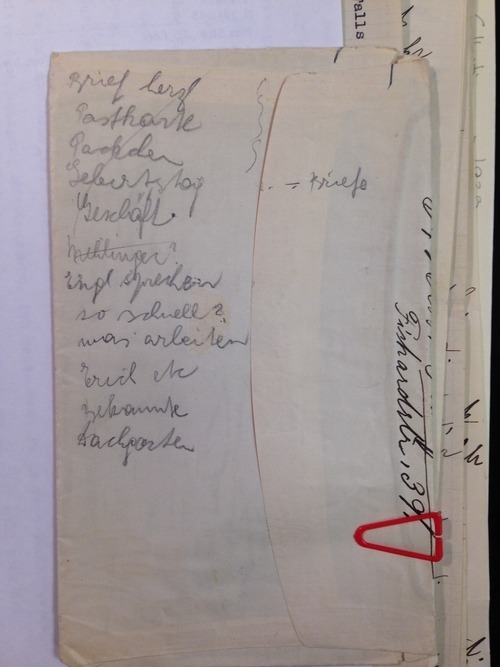By Nicole Siegel, Research Intern and Graduate Student at Fordham University
With the destruction of the Georgian Synagogue of Kahal Kadosh Beth Elohim (KKBE) in the fire of 1838, the congregation found it necessary to build a new structure, one that is still in use today. The rise of the new building marked a power shift in KKBE. Previously an Orthodox synagogue, the destruction of the old synagogue and the building of a new synagogue marked the beginning of the rise of Reform Judaism in KKBE. In line with their new religious ideology and leadership, KKBE chose a Greek Revival style, which was popular amongst synagogues and other structures in Charleston at the time, for the new building. It is designed to look like a Greek Temple with a colonnaded portico (entrance to a structure supported by columns) and Doric (one of the major Greek architectural orders https://en.wikipedia.org/w/index.php?title=Classical_order&oldid=663185761) columns. One of the most prominent features in the interior was the dome, which looked like a saucer, and had a rosette from which hung a bronze chandelier(1). The architects’ desire for authenticity resulted in each of the columns being designed to look like columns and structures taken from archaeological records of classical Greek Temples(2). The design of the interior of the building remained a traditional Sephardic design, which reflected the compromise of the congregation between the new reforms they had adopted and the traditional elements that were still observed. Inside the main sanctuary, the chairs faced the center with the Ark on the East wall surrounded by columns and the Tevah (Pulpit) on the opposite end(3). However, this arrangement would soon change as the structure and nature of the congregation changed. One of the major reforms proposed by members of the congregation of KKBE was the inclusion of an organ, which was passed and accepted by the KKBE congregation and placed near the Ark, with chairs for a choir placed alongside it. Although many in the congregation embraced this reform, the Orthodox population decided to separate from the main congregation due to a desire to keep their traditional customs. Similarly, as Reform Judaism was accepted by the congregation of KKBE in 1879, more changes were made to the interior of the building in order to accommodate the new reforms and service of the Reform Jewish congregation(4). The Tevah was moved before the Ark and became the pulpit where the rabbi delivered his sermon. In the Reform Jewish service, the sermon took on more importance.
While many changes took place in the Jewish congregation of Charleston over the next century, KKBE remains to this day one of the major Reform congregations in the United States.
For more information on KKBE, see the Records of KKBE in the AJHS collection, which includes hymns that the community wrote for their new service (http://search.cjh.org:1701/beta:CJH_ALEPH000129260), a draft of a letter written by the community to congratulate George Washington on his presidency (http://search.cjh.org:1701/beta:cjh_digitool365465), architectural records http://search.cjh.org:1701/beta:CJH_ALEPH000186593), communal histories (http://search.cjh.org:1701/beta:CJH_ALEPH000129243) and brochures written about the community (http://search.cjh.org:1701/beta:cjh_digitool1243351).
(1) Gene Waddell, “An Architectural History of Kahal Kadosh Beth Elohim, Charleston,” The South Carolina Historical Magazine (1997)..31(
(2) ibid., 16
(3) Ibid.9
(4) http://www.kkbe.org/index.php?page=history


